IJERPH, Free Full-Text
Por um escritor misterioso
Last updated 05 novembro 2024
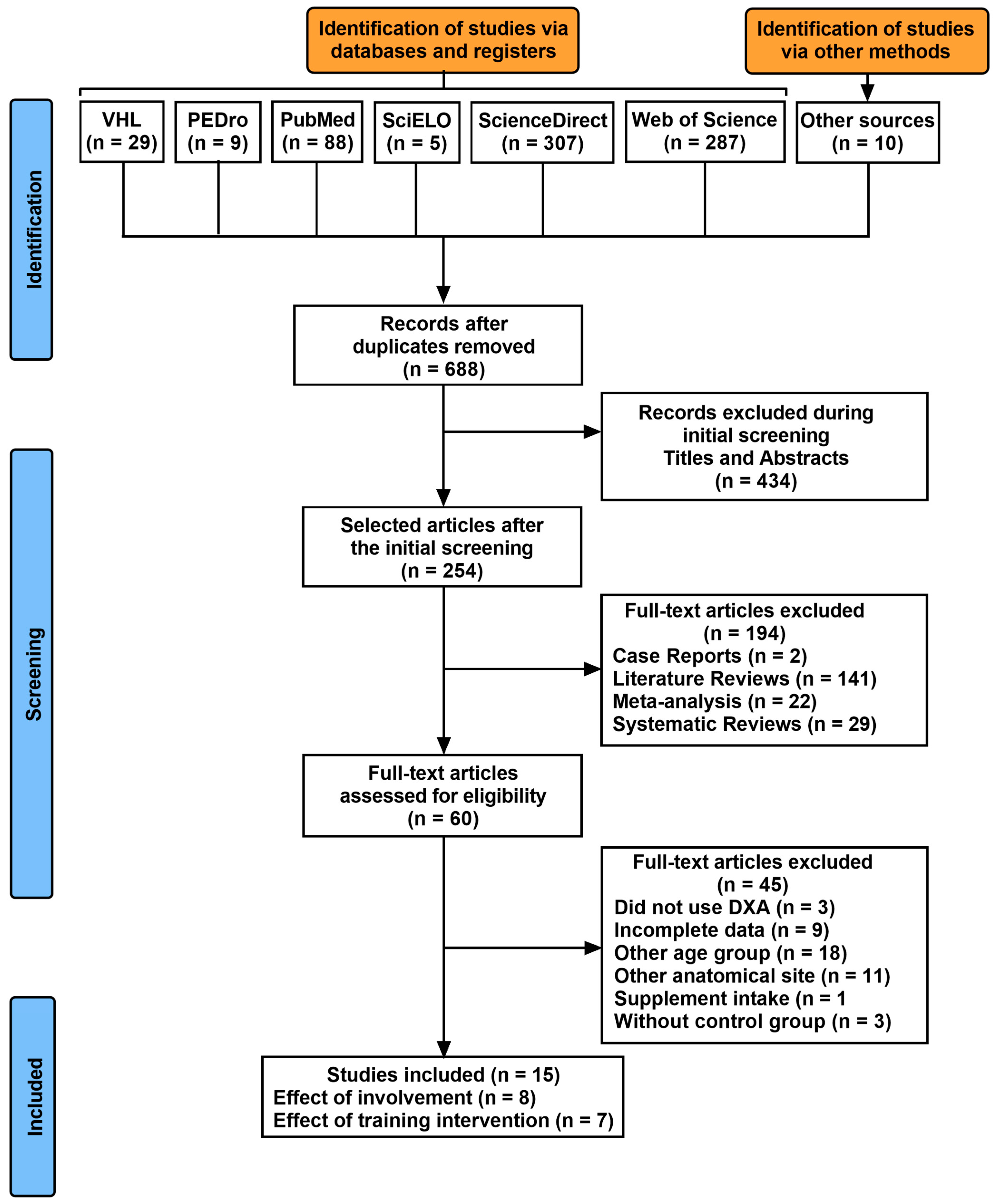
The current study analysed whether the osteogenic stimuli of exercises and sports have an independent effect on bone mineral density (BMD). Studies with a design having two different cohorts were searched and selected to distinguish the effect due to long-term involvement (i.e., athletes vs. non-active young with good bone health) and due to the planning of intervention (i.e., pre- vs. post-training) with exercises and sports. Moreover, only studies investigating the bone sites with a body-weight support function (i.e., lower limb, hip, and spine regions) were reviewed, since the osteogenic effects have incongruous results. A meta-analysis was performed following the recommendations of PRISMA. Heterogeneity (I2) was determined by combining Cochran’s Q test with the Higgins test, with a significance level of α = 0.05. The studies reporting the effect of involvement in exercise and sports showed high heterogeneity for the lower limb, total hip, and spine (I2 = 90.200%, 93.334%, and 95.168%, respectively, with p < 0.01) and the effect size on sports modalities (Hedge’s g = 1.529, 1.652, and 0.417, respectively, with p < 0.05) ranging from moderate to high. In turn, the studies reporting the effect of the intervention planning showed that there was no heterogeneity for the lower limb (I2 = 0.000%, p = 0.999) and spine (I2 = 77.863%, p = 0.000); however, for the hip, it was moderate (I2 = 49.432%, p = 0.054), with a low effect between the pre- and post-training moments presented only for the hip and spine (Hedge’s g = 0.313 and 0.353, respectively, with p < 0.05). The current analysis supported the effect of involvement in exercise and sports by evidencing the effect of either weight-bearing or non-weight-bearing movements on BMD at the femoral, pelvic, and lumbar bones sites of the athletes when comparing to non-athletes or non-active peers with healthy bones. Moreover, the effect of different exercise and sports interventions highlighted the alterations in the BMD in the spine bone sites, mainly with long-term protocols (~12 months) planned with a stimulus with high muscle tension. Therefore, exercise and sport (mainly systematic long-term practice) have the potential to increase the BMD of bones with body-weight support beyond the healthy values reached during life phases of youth and adulthood.
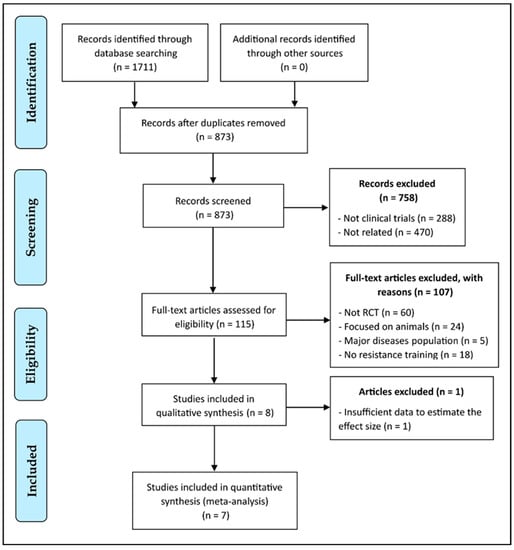
Gst 107 Course Material - Colaboratory
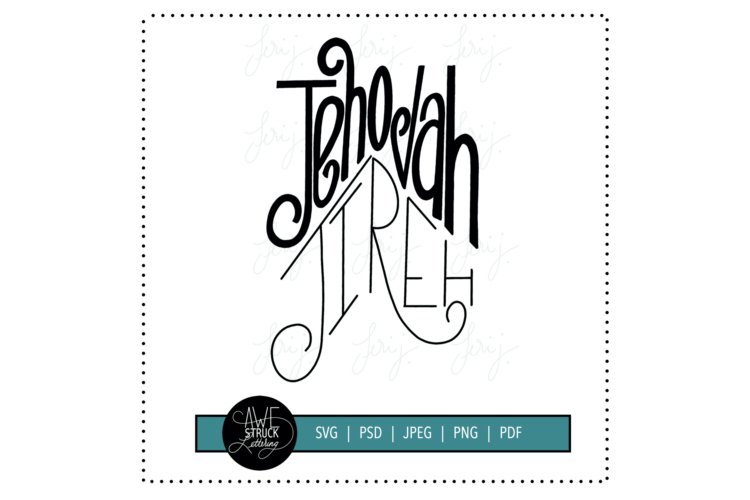
Jehovah Jireh - Name of Jesus SVG

International Journal of Environmental Research and Public Health

Jehovah Jireh Posters for Sale
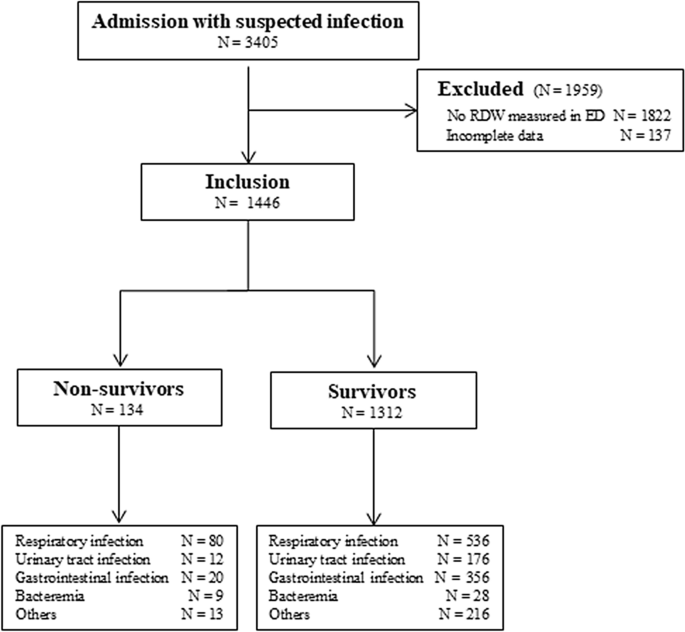
IJERPH Free Full-Text Red Cell Distribution Width As A, 59% OFF

IJERPH, Free Full-Text
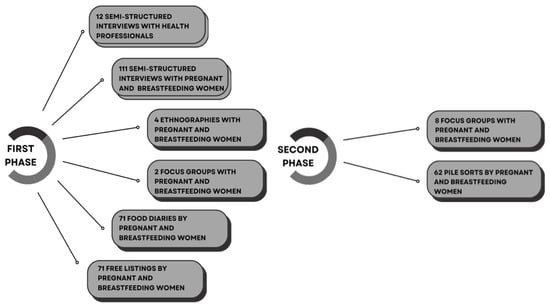
Stratum 2 Black Ot Font Free Download - Colaboratory

Prevalence of Anxiety in University Students during the COVID-19

PDF) International Journal of Environmental Research and Public Health

Jehovah Jireh PNG Christian PNG the Lord My Provider

PDF) International Journal of Environmental Research and Public Health
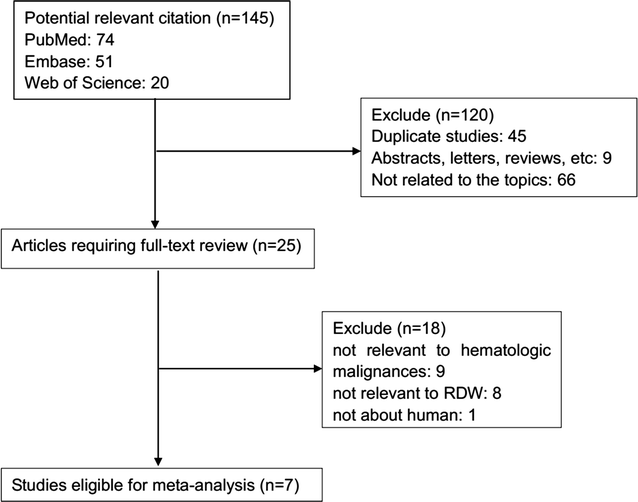
IJERPH Free Full-Text Red Cell Distribution Width As A, 59% OFF
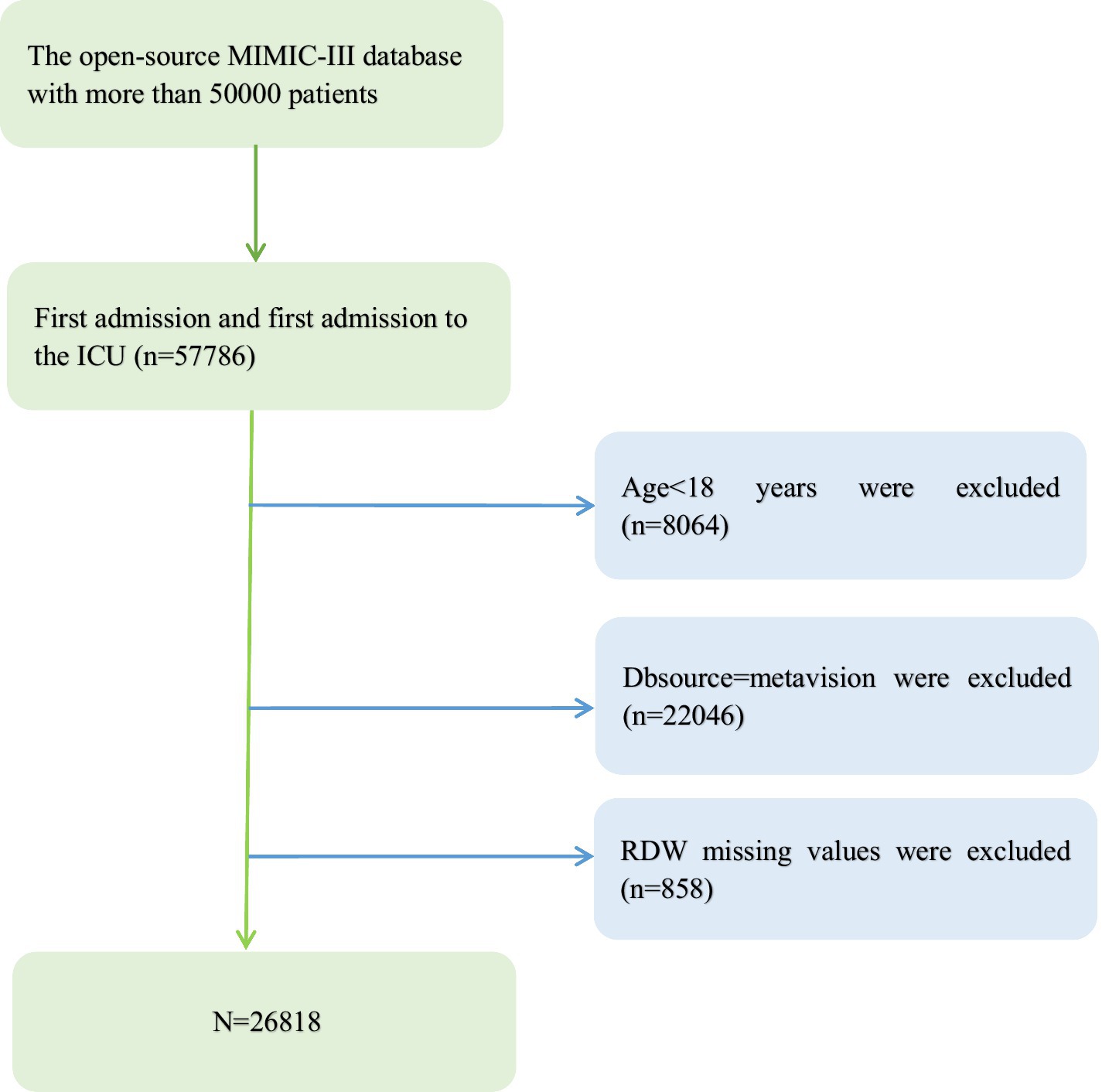
IJERPH Free Full-Text Red Cell Distribution Width As A, 59% OFF
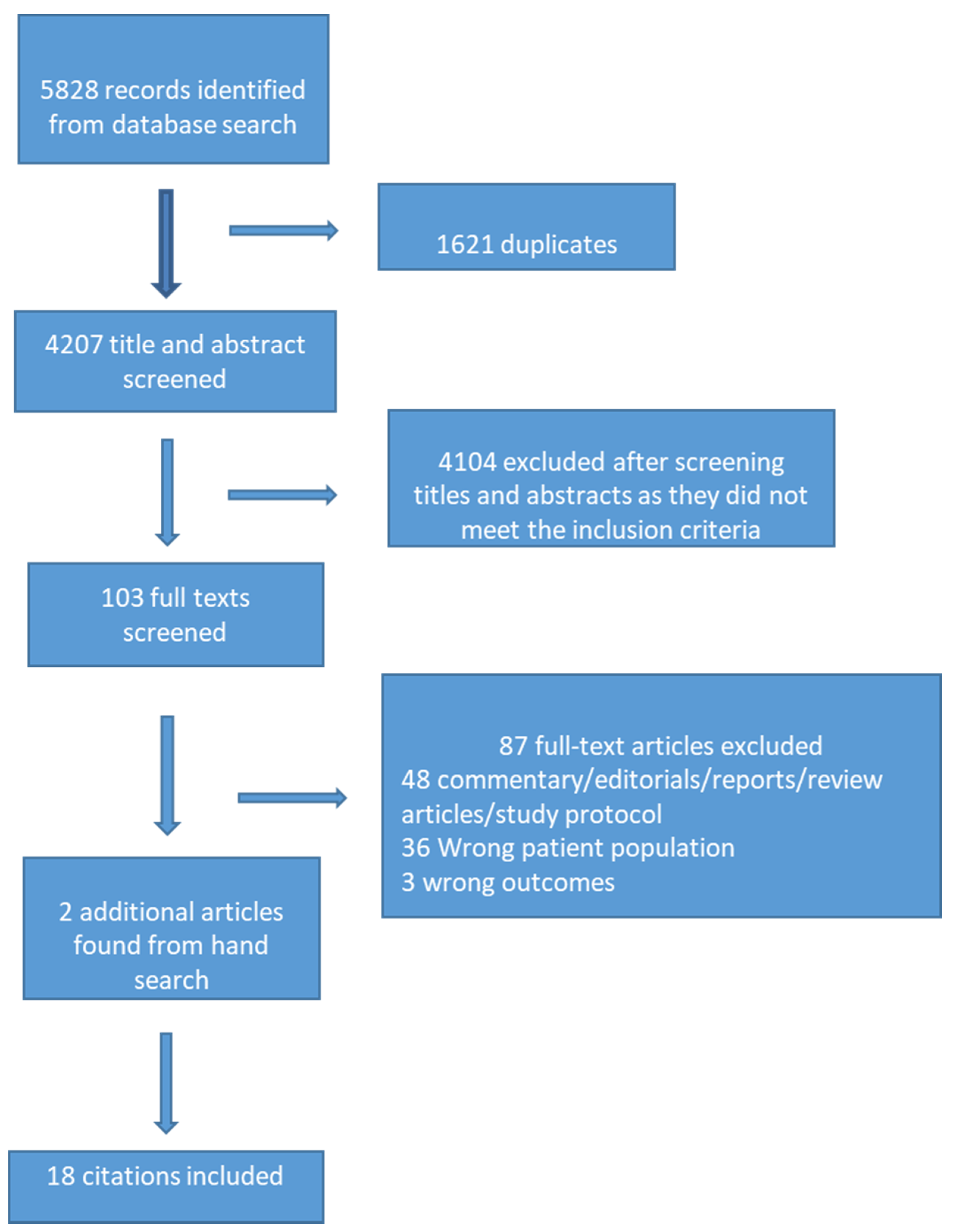
Fashion flagshipIJERPH, Free Full-Text, yellow epi triangle
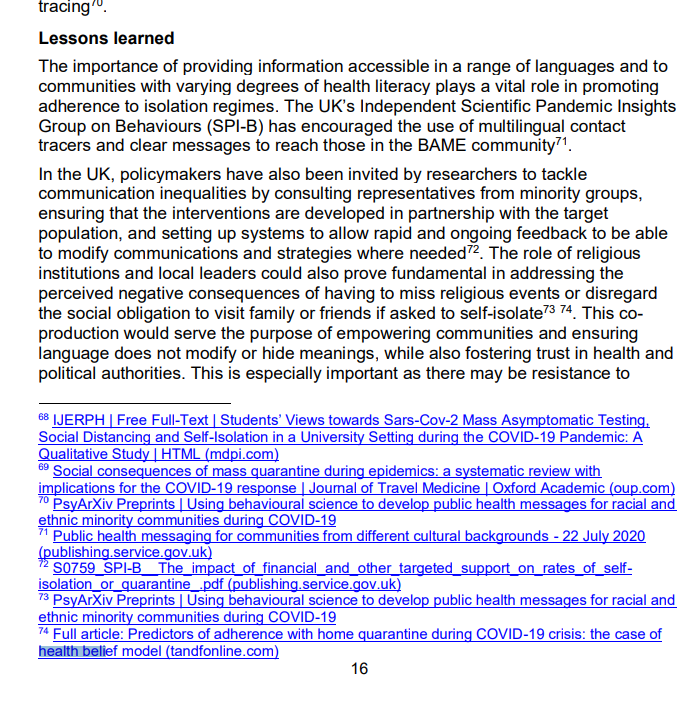
Mohammed Q. Al-Sabbagh on X: Well, it seems that one of our COVID
Recomendado para você
-
Brain Test 1 - Nível 91 (Português)#brainstestemportugues #braintest9105 novembro 2024
-
 how to solve level 88 onbrain test|TikTok Search05 novembro 2024
how to solve level 88 onbrain test|TikTok Search05 novembro 2024 -
 Brain Test Level 88 Answers • Game Solver05 novembro 2024
Brain Test Level 88 Answers • Game Solver05 novembro 2024 -
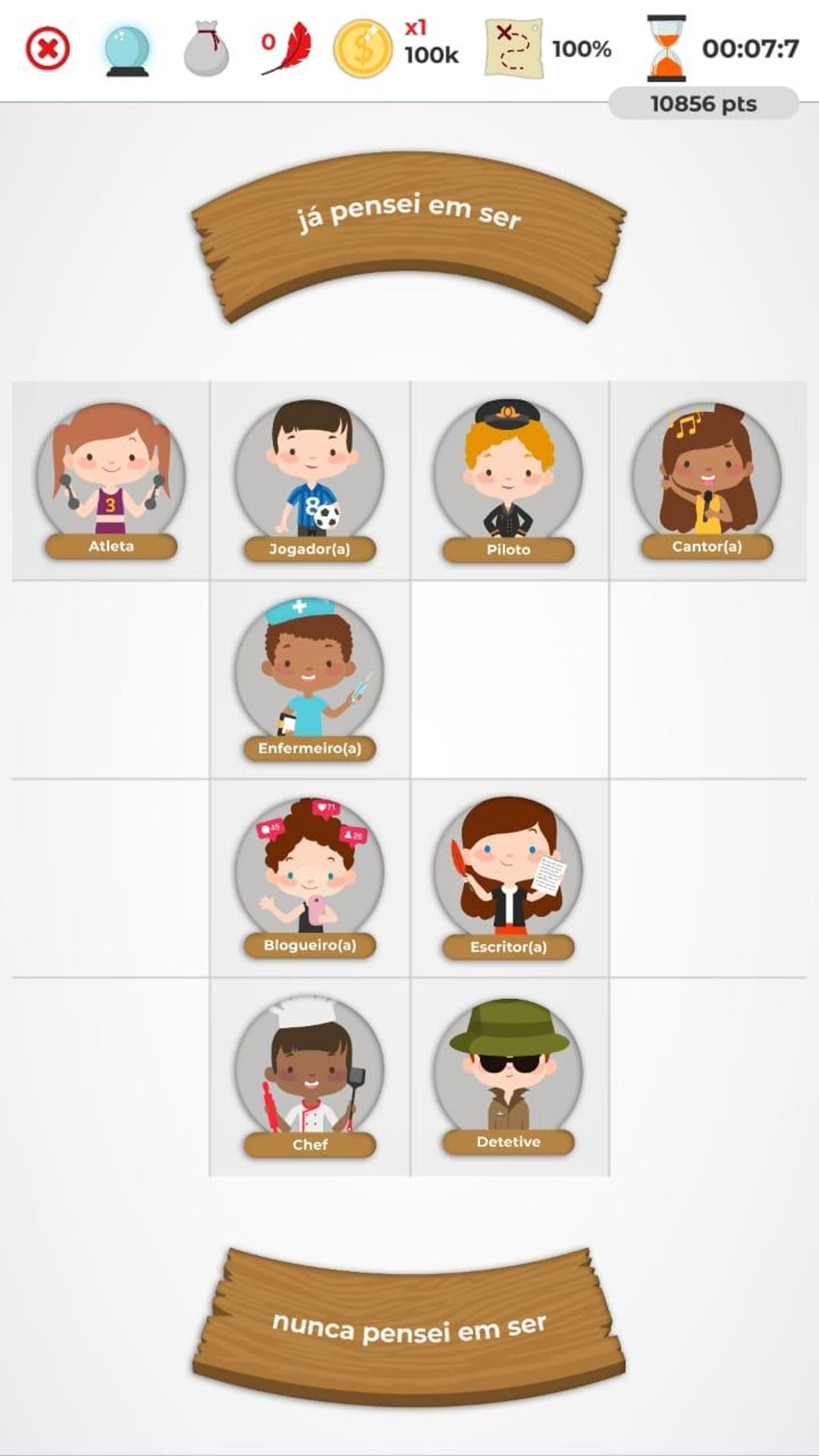 DiretriX o teste vocacional for Android - Download05 novembro 2024
DiretriX o teste vocacional for Android - Download05 novembro 2024 -
 nivel 123 de brain test05 novembro 2024
nivel 123 de brain test05 novembro 2024 -
Conselhos Biblicos - Cuidado com os boatos.05 novembro 2024
-
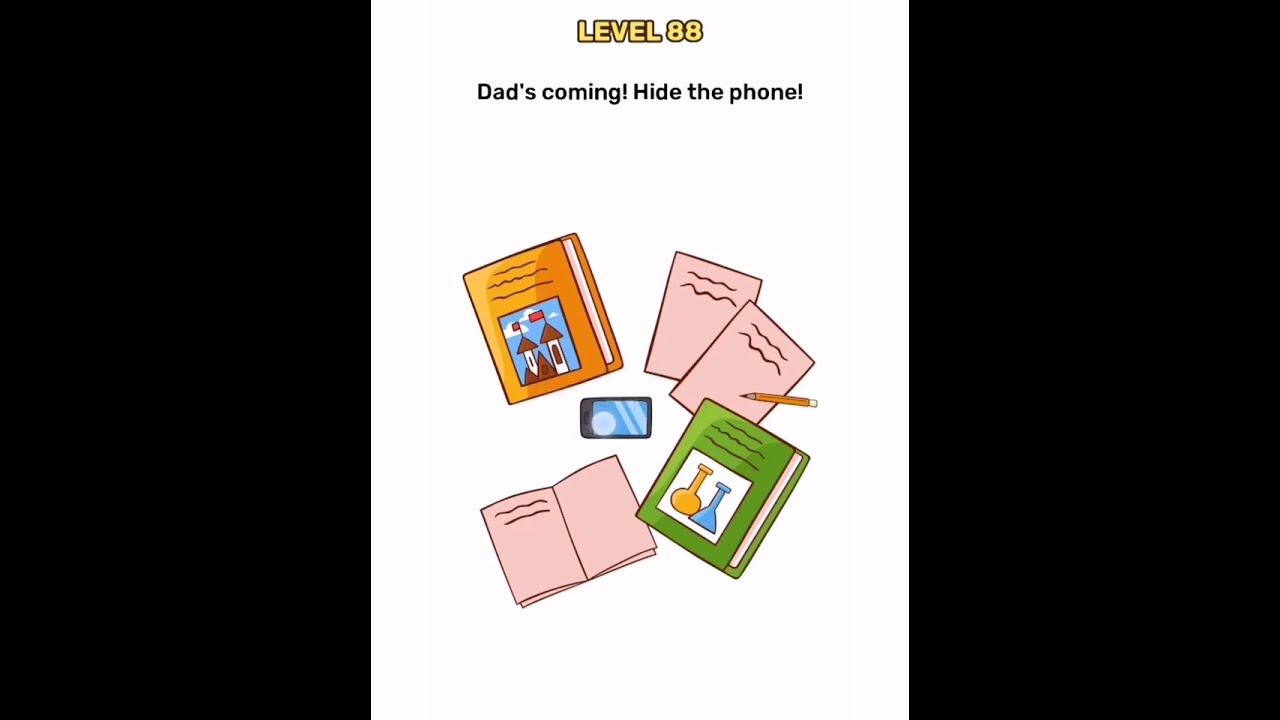 Brain Blow. level#88 solution walkthrough answer.05 novembro 2024
Brain Blow. level#88 solution walkthrough answer.05 novembro 2024 -
 Download do APK de Wild CashTeste para ganhar para Android05 novembro 2024
Download do APK de Wild CashTeste para ganhar para Android05 novembro 2024 -
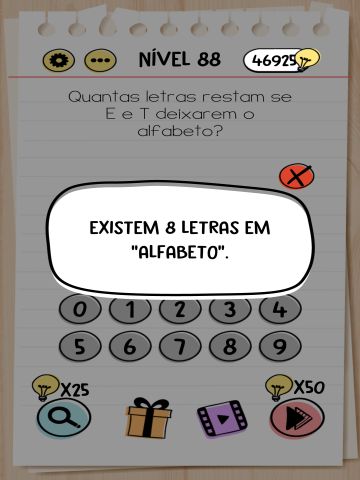 Brain Test Quantas letras restam se E e T deixarem o alfabeto? Level 1 Respostas05 novembro 2024
Brain Test Quantas letras restam se E e T deixarem o alfabeto? Level 1 Respostas05 novembro 2024 -
![Impact of ocean warming on a coral reef fish learning and memory [PeerJ]](https://dfzljdn9uc3pi.cloudfront.net/2023/15729/1/fig-5-full.png) Impact of ocean warming on a coral reef fish learning and memory [PeerJ]05 novembro 2024
Impact of ocean warming on a coral reef fish learning and memory [PeerJ]05 novembro 2024
você pode gostar
-
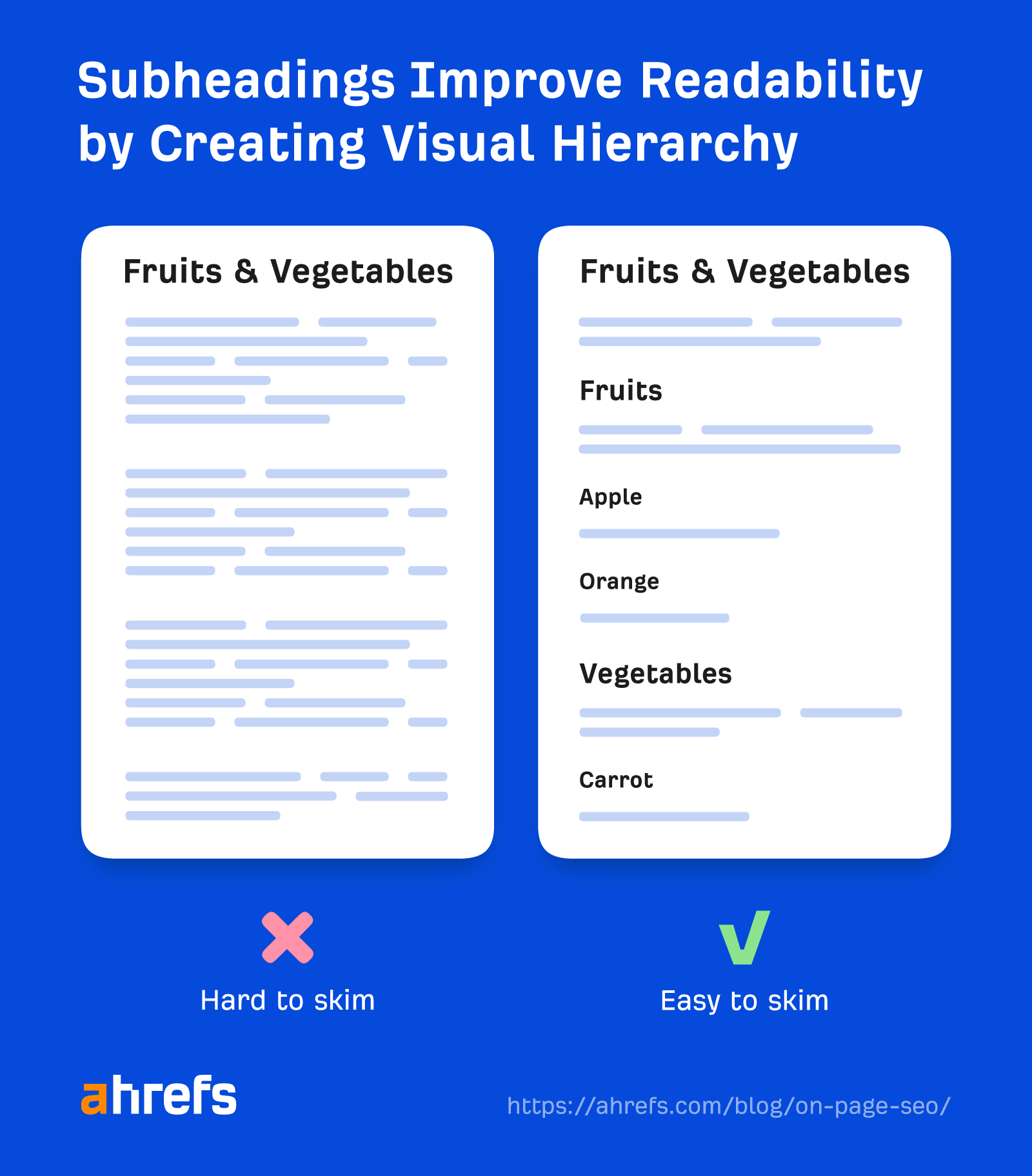 On-Page SEO: What It Is + How to Do It (Checklist Included)05 novembro 2024
On-Page SEO: What It Is + How to Do It (Checklist Included)05 novembro 2024 -
 respondam essa questão ou só façam a tradução do texto por favor urgente 05 novembro 2024
respondam essa questão ou só façam a tradução do texto por favor urgente 05 novembro 2024 -
 Oblee Marketplace Boneca de Pano Cici Com Troca de Roupa05 novembro 2024
Oblee Marketplace Boneca de Pano Cici Com Troca de Roupa05 novembro 2024 -
![Qoo News] “Godzilla Singular Point” Anime Reveals Key Visual and Teaser Trailer](https://i0.wp.com/wp-corp.qoo-app.com/en/wp-content/uploads/sites/3/2020/10/20102705274058-727x1024.jpeg?resize=727%2C1024&ssl=1) Qoo News] “Godzilla Singular Point” Anime Reveals Key Visual and Teaser Trailer05 novembro 2024
Qoo News] “Godzilla Singular Point” Anime Reveals Key Visual and Teaser Trailer05 novembro 2024 -
 Boneca Arlequina Dc 30 Cm05 novembro 2024
Boneca Arlequina Dc 30 Cm05 novembro 2024 -
 Russia flag icon on transparent background PNG - Similar PNG05 novembro 2024
Russia flag icon on transparent background PNG - Similar PNG05 novembro 2024 -
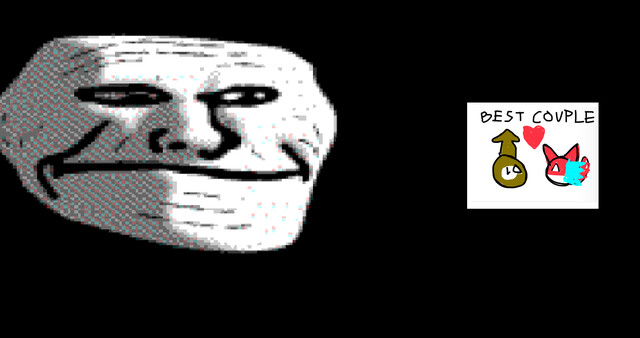 Country Balls05 novembro 2024
Country Balls05 novembro 2024 -
 File:Fabiano Caruana, 2018.jpg - Wikimedia Commons05 novembro 2024
File:Fabiano Caruana, 2018.jpg - Wikimedia Commons05 novembro 2024 -
 Anel De Bloqueio De Ovo De Silicone Líquido Anel De Atraso De Choque, Anel De Bloqueio Do Pênis Masculino, Produtos Adultos, Casal - AliExpress05 novembro 2024
Anel De Bloqueio De Ovo De Silicone Líquido Anel De Atraso De Choque, Anel De Bloqueio Do Pênis Masculino, Produtos Adultos, Casal - AliExpress05 novembro 2024 -
 Free Steam games for Veterans and their families - VA News05 novembro 2024
Free Steam games for Veterans and their families - VA News05 novembro 2024

